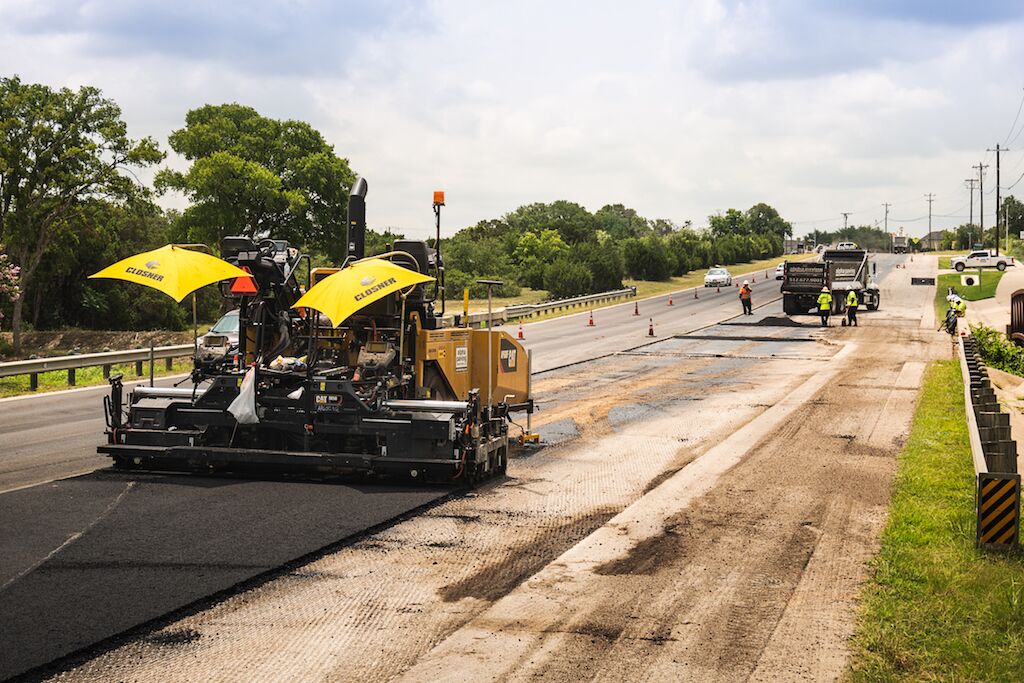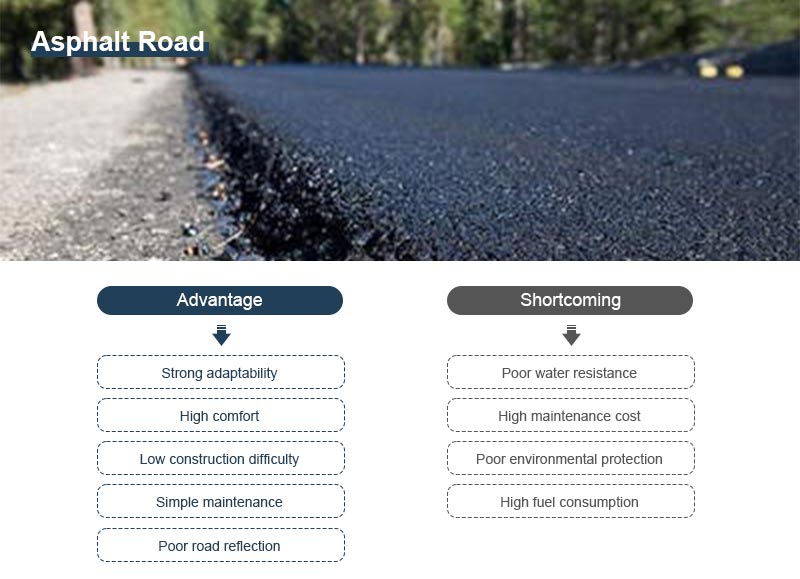All about A1 Professional Asphalt & Sealing Llc
All about A1 Professional Asphalt & Sealing Llc
Blog Article
The smart Trick of A1 Professional Asphalt & Sealing Llc That Nobody is Discussing
Table of Contents8 Easy Facts About A1 Professional Asphalt & Sealing Llc ShownThe Buzz on A1 Professional Asphalt & Sealing LlcSome Ideas on A1 Professional Asphalt & Sealing Llc You Should KnowExamine This Report about A1 Professional Asphalt & Sealing LlcA1 Professional Asphalt & Sealing Llc Fundamentals Explained

The oil in an automobile engine is not simply oil. It includes a range of additives to enhance the car's efficiency. These include polymers, viscosity modifiers, heat stabilizers, additional lubes, and put on ingredients. The REOB includes all the ingredients that were in the waste oil as well as the wear steels from the engine (mostly iron and copper).
By making lots of blends using different REOB samples and various asphalt binders, the variants mainly can be balanced out. Several States supplied samples of known REOB structure to TFHRC researchers, that evaluated the examples to compare the portion of included (understood) REOB to the discovered (tested) quantity. The analyses showed an equivalent percent of included and discovered REOB.
The smart Trick of A1 Professional Asphalt & Sealing Llc That Nobody is Talking About
They received an overwhelming reaction. The TFHRC researchers evaluated 1,532 samples from 40 States, one Canadian province, and two Government Lands Freeway departments. They evaluated each sample twiceamounting to more than 3,000 evaluations. None of those States realized that the asphalt they were buying consisted of REOB. One State insisted its samples had no REOB.
Of the 1,532 samples evaluated, 12 percent included REOB, and some included considerably high levels of it at 1020 percent. The highest degree was 34 percent in an example from Texas, which TxDOT had actually used in a patching substance. This screening likewise disclosed the existence of phosphoric acid in 11 percent of the samples, and 2 percent had ground tire rubber.
2 years ago at TRB's yearly meeting, the Federal scientists held an REOB workshop and presented the findings of their lab evaluations to a standing room-only group. Some companies do not especially outlaw REOB, they do enforce physical tests that avert its useeffectively a ban. Others do not ban it by spec, however have arrangements with asphalt vendors to prevent the use of REOB
A1 Professional Asphalt & Sealing Llc for Dummies
A handful do allow REOB, some within certain limitations. For instance, Ohio and Texas restriction degrees to much less than 5 percent of the asphalt. To create a reputable test technique that all States can make use of, the TFHRC researchers set up a round-robin test strategy. The individuals are 11 State highway agencies (Illinois, Massachusetts, Minnesota, Mississippi, Montana, North Carolina, Oklahoma, South Carolina, Texas, Vermont, and Wyoming), 2 independent testing laboratories, the Ministry of Transport in Ontario, Queen's University in Ontario, and an Ontario paving contractor.
In total, the researchers prepared and delivered 720 blends. The individuals are examining the examples separately utilizing the standards given by the TFHRC scientists. The round-robin screening is nearly completed, and TFHRC remains in the procedure of accumulating the outcomes. The output will certainly be a proposed AASHTO test method that any kind of State can take on and use (a1 asphalt).
The pavement with REOB, which is located 0.6 mile (1 kilometer) from the sidewalk without REOB, has the same subgrade, traffic density, and environment. The sector of Highway655 with 5 to 10 percent REOB revealed substantial splitting. In this instance, the visibility of REOB was the identified root cause of breaking at a reduced temperatures.
"In our experience in Canada, also tiny quantities of 23 percent can be an issue." A section of test pavement in Minnesota (MN1-4) located to include REOB additionally cracked prematurely. The pavement performed well for the very first 3 to 4 years, yet then started to break. This pavement is additionally subject to reduced temperatures.
The Definitive Guide for A1 Professional Asphalt & Sealing Llc
The examinations were not substantial, however they showed that at degrees of 6 percent or more, the tensile toughness of the asphalt went down substantially. At a level of 3.5 percent REOB, the variation in the physical test approaches was higher than the result of REOB. It was challenging for researchers to assess whether REOB was present. https://www.tripadvisor.in/Profile/a1asphaltseal.

One binder parameter taken into consideration is the difference in between the reduced temperature critical specification temperature level for stiffness (S) in the flexing beam of light rheometer and the bending beam of light rheometer creep incline (m-value) kept in mind as Tcritical. Two independent research study teams, one from AASHTO and the various other from the Asphalt Institute, ended that even more research is required on the use click here to read of REOB in asphalt.
Previously, all asphalt testing determined design properties such as rigidity. These tests do disappoint what materials had actually been contributed to the asphalt. One example obtained throughout the TFHRC research study had a very weird evaluation. The example had the complying with test results: Superpave PG 64-28 with a high temperature quality of 67.3 Tcritical on the flexing beam of light rheometer was 6.7 degrees Celsius.

The Greatest Guide To A1 Professional Asphalt & Sealing Llc
These outcomes demonstrate there are weaknesses in the standardized design testing procedures that might be exploited. The manufacturer might have an economic advantage and the product passes all the standard tests, yet the item might not be helpful to ensuring lasting efficiency. To resolve this concern and the expansion of brand-new asphalt additives and extenders, TFHRC is beginning a research study program to make use of portable spectroscopic gadgets, x-ray fluorescence spectroscopy, and Fourier change infrared spectroscopy to make it possible for evaluations to be carried out in the field instead of having to take examples back to the laboratory.
Report this page